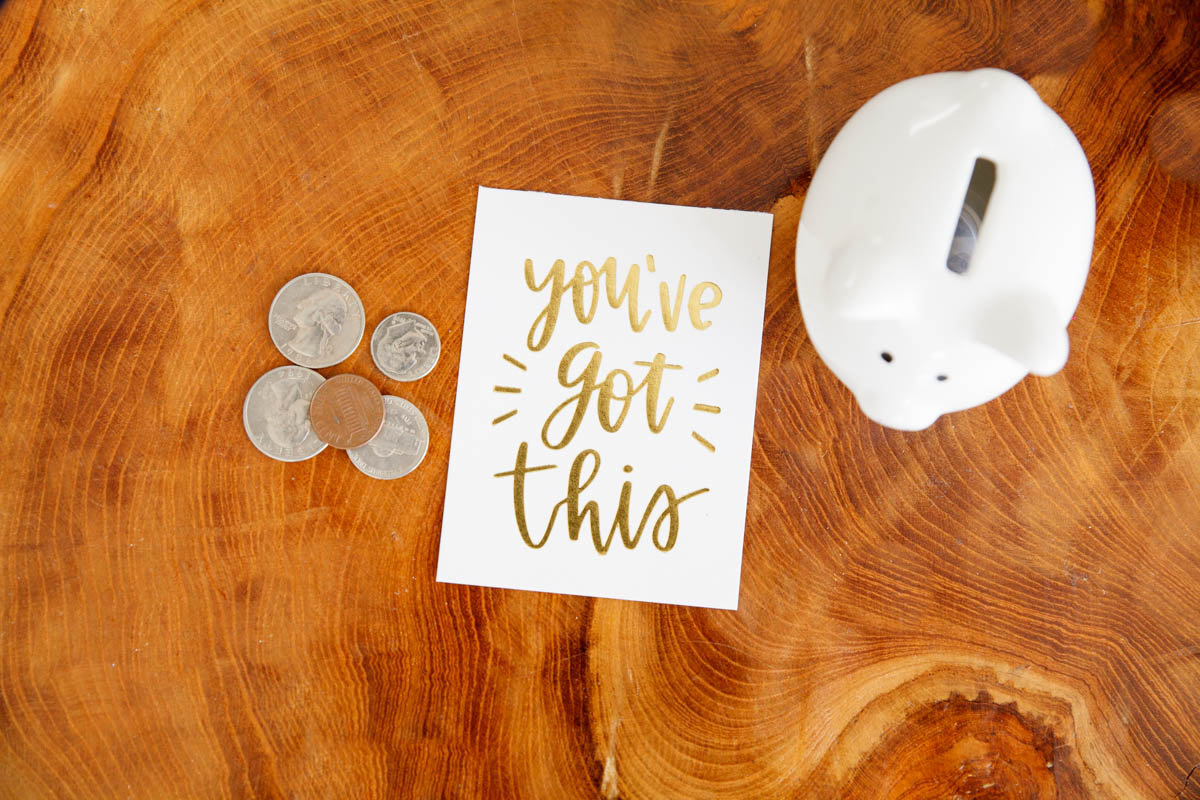People in my community often wonder what’s the best way to pay off their debt. There are a few approaches but the main ones are debt snowball and debt avalanche. Here is a quick Q&A and a few resources to build your knowledge so you can decide which approach would work best for you.
With the debt snowball, you pay off your debt according to your balance from smallest to largest, regardless of the interest rate.
Let’s look at an example.
Personal Loan (A) Student Loan (B) Credit Card (C)
Balance $1500 Balance $8000 Balance $3,000
Interest Rate 6% Interest Rate 3% Interest Rate 10%
Minimum Payment $20 Minimum Payment $100 Minimum Payment $35
In this scenario, if you were using the debt snowball approach, you would pay the minimum payment on all three balances but you would focus on making additional payments on Debt A (your smallest balance) so you could pay off this debt sooner. Once you pay off Debt A, you would apply that minimum payment plus any extra money you were applying to the debt and apply that sum to Debt C because it’s now the smallest debt you have. You’d then continue this same process until you paid off all of your debt.
The belief behind this approach is that you will be motivated to continue to pay off debt after you have your first small win. You might find the debt snowball to be encouraging if you have a lot of little bills that you just want to knock out or if you are someone motivated by quick progress.

With the debt avalanche approach to debt, you pay off your debt according to the interest rates from largest to smallest. So, let’s take the same scenario from above and see how this works.
Personal Loan (A) Student Loan (B) Credit Card (C)
Balance $1500 Balance $8000 Balance $3,000
Interest Rate 6% Interest Rate 3% Interest Rate 10%
Minimum Payment $20 Minimum Payment $100 Minimum Payment $35
Similar to the snowball approach, you will continue to pay the minimum on all three balances. However, you would make additional payments to Debt C (your debt with the highest interest rate) so you could pay off this debt sooner. Once you pay off Debt C, you would apply that minimum payment plus any additional payments you were applying to the debt and apply that sum to Debt A because it’s now the debt with the highest interest rate you have. You’d then continue this same process until you paid off all of your debt.
The belief behind this approach is that you’ll accelerate the payments of the debt with the highest interest so that you can save money over time. Some say the pitfall to this approach is that you may lose motivation if you have really high balances that take longer to pay off but others are motivated by the idea of saving a little extra money in interest over time.
So, now you know the basics of each approach and are probably wondering which is for you. Well, it is totally your choice. My take? The savings from either approach could be considered negligible so it really comes down to personal preference.
I have used a combination of both the debt snowball and debt avalanche to pay off my debt. When I first started paying off my student loans, I needed some quick progress so I paid off the smallest balance of one of my loans (debt snowball in action) because I needed the gratification of knowing I had paid off one of my loans. With that success right in front of me, I then moved to paying off my loans based on the highest interest rate first (debt avalanche in action).
What is important when applying either the debt snowball or debt avalanche is that you’re making the minimum payments on all debts, consistently making additional payments to one debt, and then rolling that money into your next debt.
One of the things that helped me the most when I was paying off debt was using a spreadsheet to create a plan and monitor my progress along the way.
If you’re ready to get started, email me (keina@wealthovernow.com) and I’m happy to share a few of the tools I use with my clients so you can get a clear view of how either of these approaches can help you pay off your debt one can for all.
XOXO,
Keina

